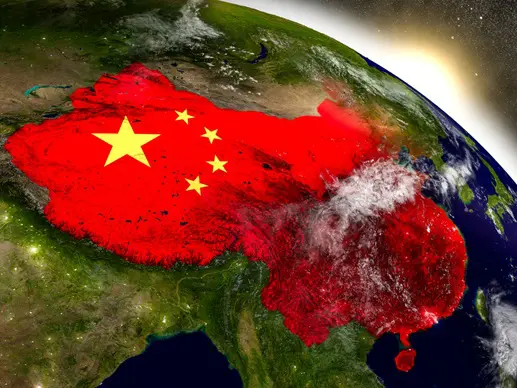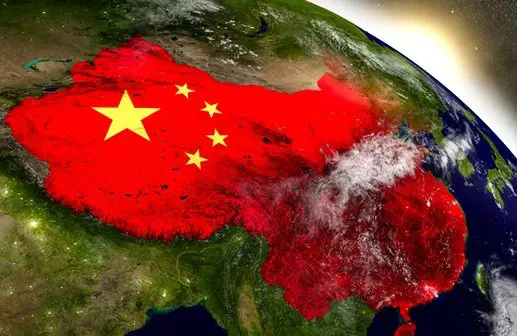
Written by staff writer.
China is shooting for a record 100 space launches this year, second only to the United States, and streaking ahead of other space nations. Already, the country has conducted 13 launches this year, including two in the last week.
On March 20, 2024, a Long March 8 rocket carrying a Queqiao-2 satellite successfully launched from the Wenchang spaceport in the Hainan province. The satellite will act as a communications relay between ground operations on Earth and an upcoming mission to the moon’s far side.
The following day, a Long March-2D carrier rocket lifted off from the Jiuquan Satellite Launch Center in northwest China with Yunhai-2 02 satellites onboard. It was the 513th mission of the Long March carrier rocket series. Yunhai-2 is a constellation of Chinese military meteorological satellites. They will reportedly collect atmospheric data for weather prediction, ionosphere, climate, and gravity research.
This year’s planned launches are a substantial increase from the 67 launches in 2023. China’s Aerospace Science and Technology Corporation (CASC), the state-owned main contractor for the Chinese space program, is behind 70 of this year’s scheduled launches, including the two last week.
In a statement, it called the Queqiao-2 satellite launch “a key step for its future lunar exploration missions, such as retrieving samples from the far side of the moon.” It said the satellite successfully separated from the rocket after 24 minutes of flight, and its solar panels and communications antennae unfolded. CASC was less forthcoming on the Yunhai-2 02 deployment, but it did confirm the successful launch.
Intelligence agencies believe the Queqiao-2 satellites use Global Navigation Satellite System (GNSS) Radio Occultation (GNSS-RO) to collect atmospheric data.
Last year, Georgetown University’s Center for Security and Emerging Technology (CSET) warned that China was beginning to catch up and, in some areas, out-gun the US in its space launch capabilities. A July 2023 paper on China’s space resilience and launch capabilities found, among other things, that China has demonstrated rapid progress in its space architecture; placing satellites in more “diverse” orbital positions; its launch pace and launch industry; and tactically responsive space launch (TRSL) capabilities.
Unlike the United States, the government of China still plays a large role in Chinese launches. While the number of private sector launches is growing in China, the ratio of government versus private sector launches has remained the same in recent years. In its recent annual update, CASC said China’s space industry has started to implement high-density launch missions with a concurrent high success rate, increased the number of spacecraft developed and launched, and also significantly improved its development capabilities,
“China appears to have surpassed the United States in one specific measure of space resilience: TRSL, which would be needed in the low-likelihood, high-consequence scenario that crucial mission-supporting satellites must be quickly replaced,” the CSET paper reads. “The United States has the most advanced space industry in the world, but it has not demonstrated a commensurate ability to launch rockets on short notice.”
China’s next launch is scheduled to take place on or about April 25, 2024, when a Long March 2F/G rocket will take a Shenzhou 18 spacecraft into space with three People’s Liberation Army Astronaut Corps taikonauts on board and bound for the Tiangong space station.





